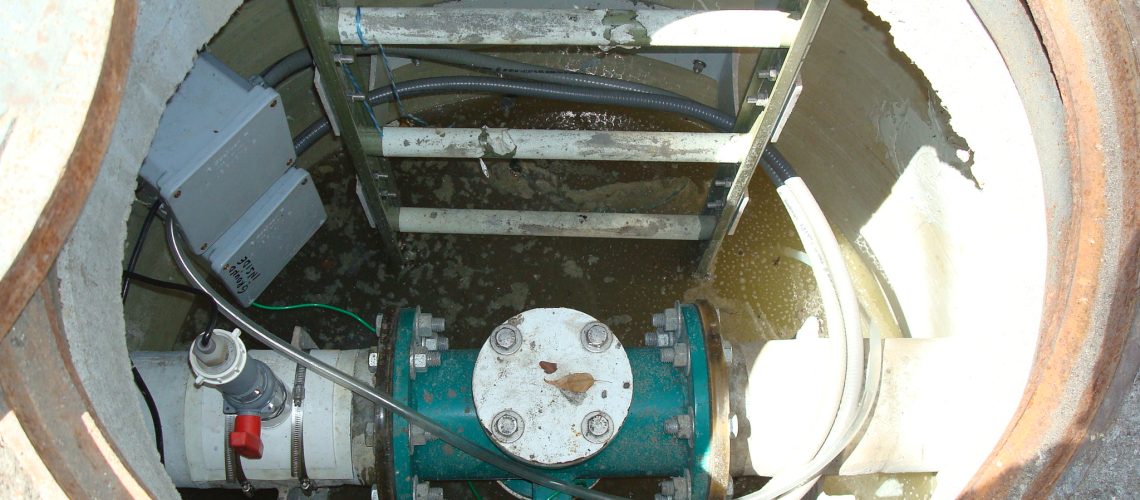Measuring wastewater is an important yet often difficult task that must be done. Wastewater is incredibly corrosive and causes uncomfortable humidity in the area while the flow itself can often be difficult to manage with inflow making maintaining steady flows challenging. Even with all its challenges, however, there are ways where you can make the effort easier than ever before. Here are the top tips for measuring wastewater.
Use a Flume
Flumes are among the best tools available for measuring wastewater. Flumes are handy devices that let you take flow rate measurements with ease. When dealing with wastewater, you’ll often have to use it as part of a vault or packaged metering manhole. When you utilize these devices, you can install it in an underground line and still have easy access that lets you take readings.
When it comes to accurate readings, you’ll want to have your flume equipped with an ultrasonic flow meter. This is a handy device that’s useful for taking measurements in situations where you can’t get a side view of your flume and use a staff gauge. This device fires sonic waves towards the flow and times how long it takes for them to bounce back. With proper calibration and installation, it can tell you the surface level of the flow.
Maintain the Flume
When you use a flume, you’ll find that maintenance is fairly easy, especially when you opt for a material like fiberglass reinforced plastic for its construction. Flumes are largely self cleaning, but you do still need to make sure there aren’t any outstanding maintenance issues. Your first concern should be ensuring that there isn’t any buildup of sediment and debris upstream and downstream of the flume. Additionally, you’ll need to make sure the ultrasonic flow sensor is regularly calibrated to ensure you’re getting accurate readings.
When using fiberglass flumes, much of the maintenance will be done for you. It can better resist the corrosive nature of wastewater flows, and it doesn’t allow debris and sediment to pile up as easily. If you’re using your flume in a situation where it gets direct sunlight, a fiberglass flume’s exterior resin can also offer resistance to UV rays.
Account for Common Problems
You’ll find two major problems arise with flow rate measurement efforts. The first is sensor drift. This is when the sensor itself begins to adjust from its calibrated position. Generally, the sensor will drift in a singular direction over time and has to be adjusted to make up for it. If you know how much drift has happened, you may be able to adjust the raw flow data for it.
The second problem is site surcharge. This occurs when flow gets backed up into the flume thanks to poor downstream conditions that don’t allow the flow to move on fast enough. When flow backs up like this, it’s possible for the flow to enter the sensor’s deadband zone where it can’t get useful readings. You’ll have to adjust the downstream conditions to ensure that the flow rate can properly be measured.
Flumes from Tracom
With these tips for measuring wastewater flow in mind, it’s time to get a flume of your own. That’s where Tracom can help. Contact us today for a top-quality and customizable flume complete with a mag metering manhole if you like.


